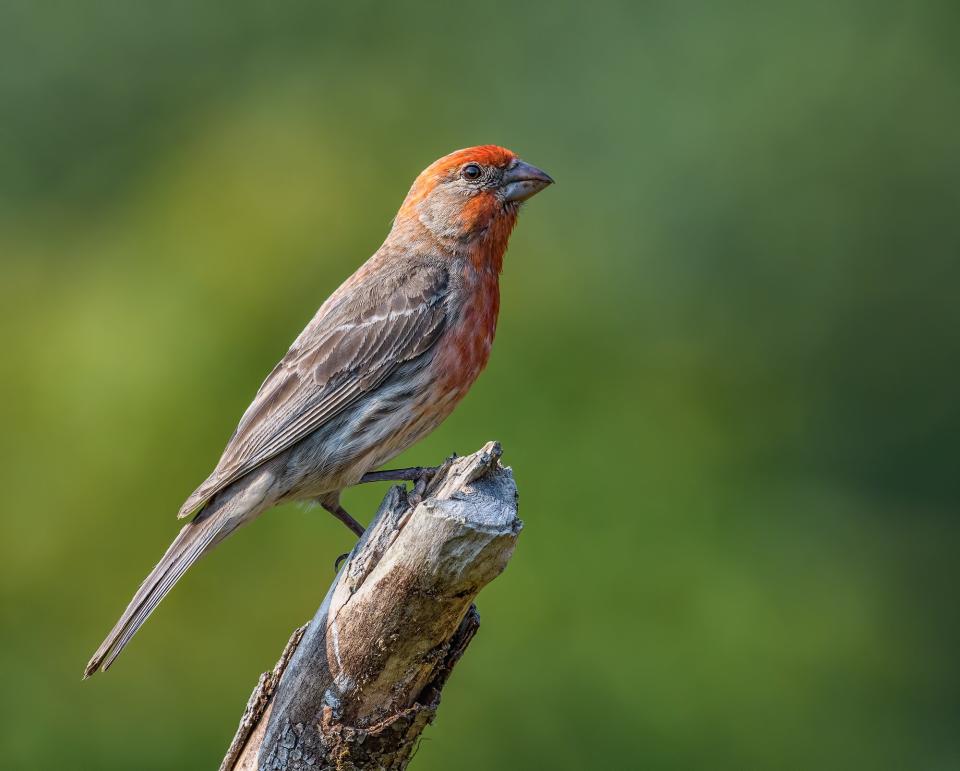Why Do Birds Bob Their Heads?
Perhaps you've purposely set up your own window perch to watch the wild birds that flock to it throughout the day or you keep your own caged birds at home. Either way, backyard birders and pet bird owners alike notice all sorts of traits that these winged creatures possess—from the differences between male and female birds to how they flutter their wings and peck for their food. One behavior that's common in almost all birds is head-bobbing. While it's amusing to watch a bird bob their head back and forth, there's science behind it.
According to Stephanie Beilke, conservation science manager at Audubon Great Lakes, it's typically for their visual perception. "There are a variety of reasons why a bird might bob its head," she says, "but the primary reason a bird like a chicken or a pigeon might bob its head while walking seems to be related to gaze stabilization." Head-bobbing acts as the function for birds to secure their gaze into place in a few capacities, the first being in flight mode. Beilke explains that birds have to maintain a stable gaze in flight as their bodies bob up and down from the wind and their wings beat the air.

Getty
Related: The Most Common Birds You'll See in Your Backyard—and One of the Rarest!
Another reason for head-bobbing is hunting—specifically, to keep their gaze sharp and tact on their desired prey while the rest of their body is in motion. Pigeon feeders and chicken owners will witness this trait in these species, as well. "The bobbing comes into play when a bird is walking because the bird is stabilizing its gaze—on either what's ahead or prey—and as the bird walks, the bird bobs its head to catch up with its body moving forward," says Beilke.
Depending on the species, it also plays a role in the bird's depth perception. An example given is the owl: An owl's eyes are always fixed in position, so they simply can't move the way our eyes do. Instead, they must move their heads. To compensate, they have very flexible necks that can do 270 degrees of a full-head turn. And after a few of these characteristic head-bobs to triangulate on their prey, they rarely miss.

